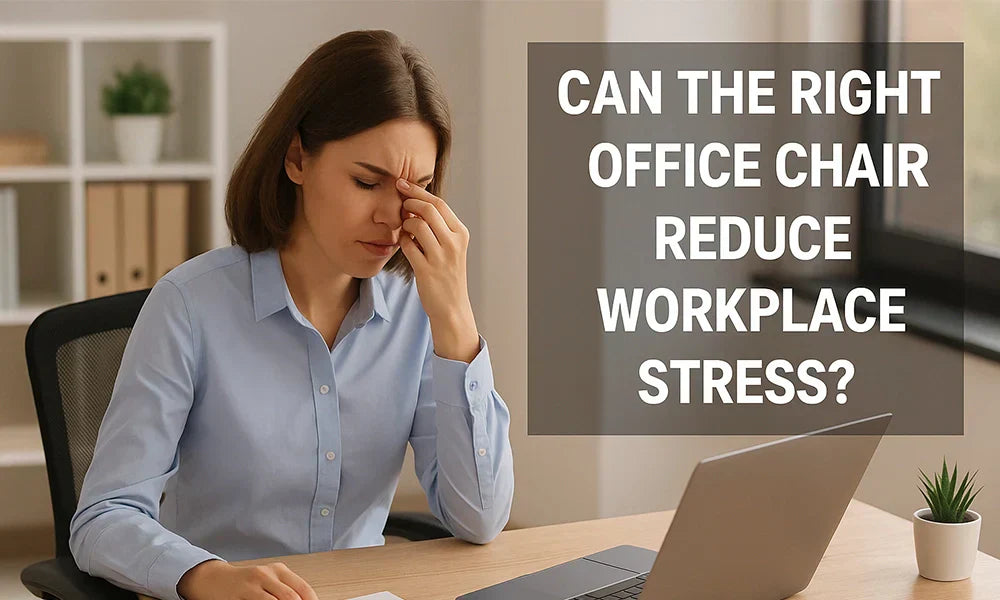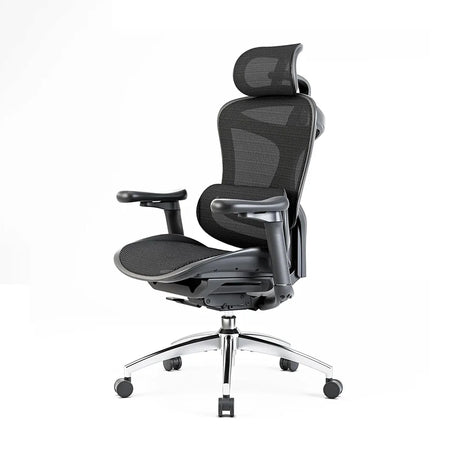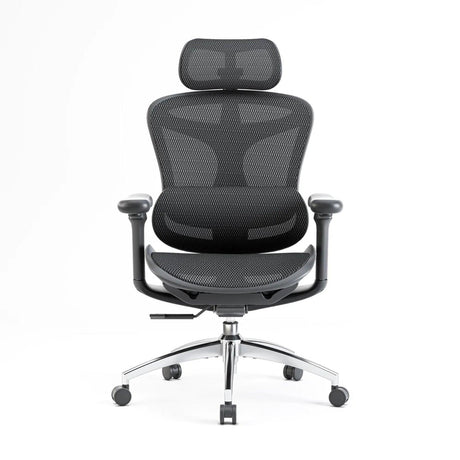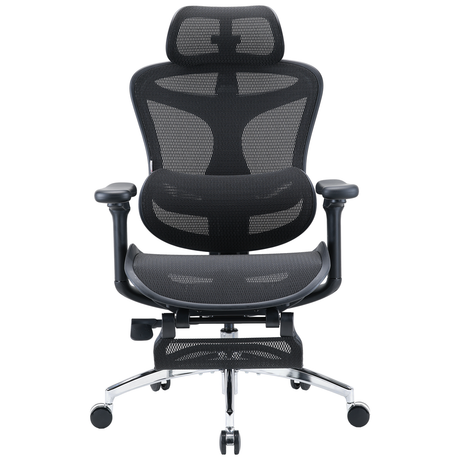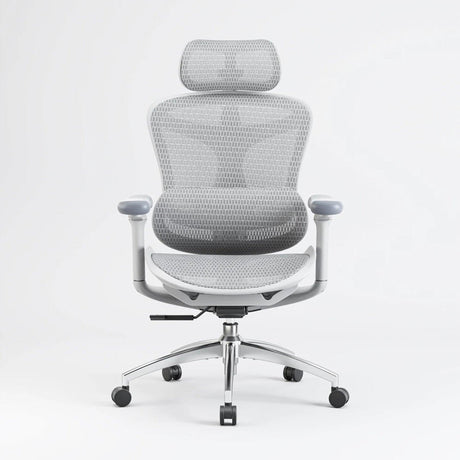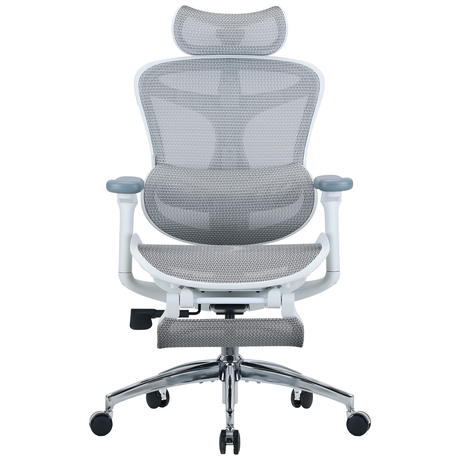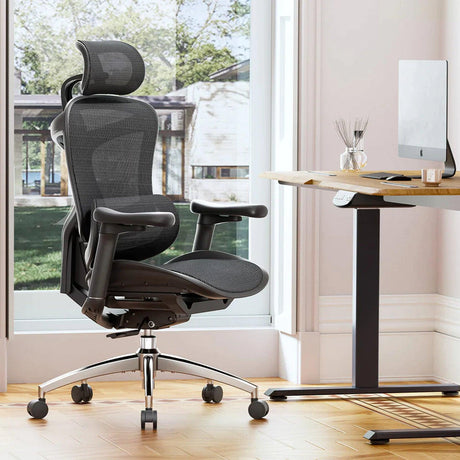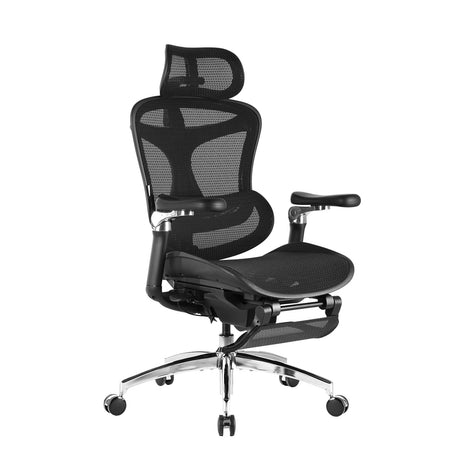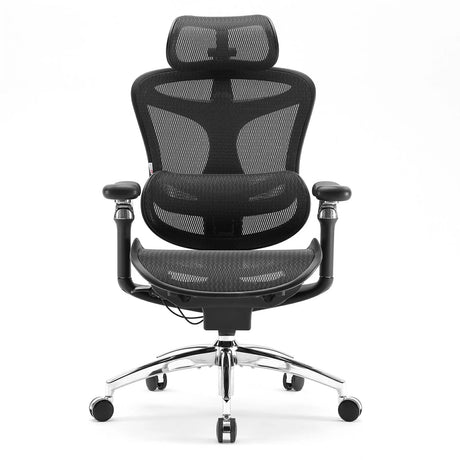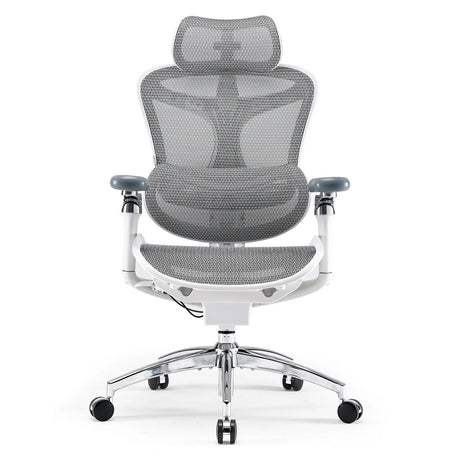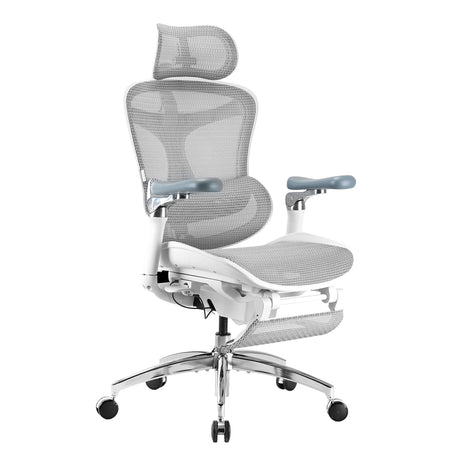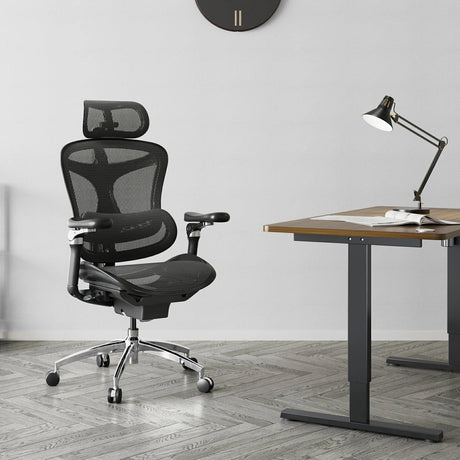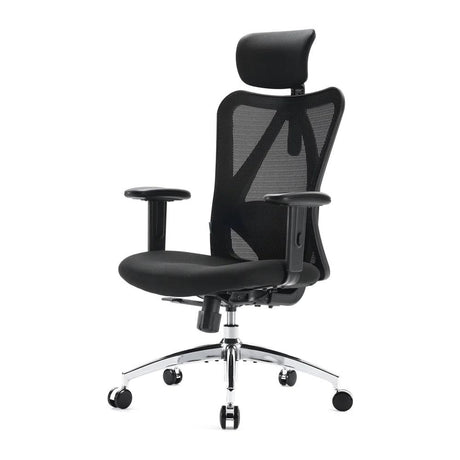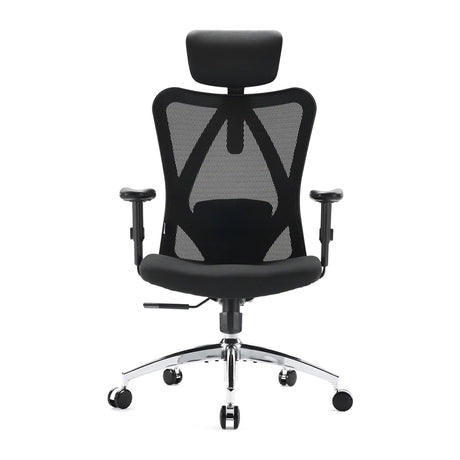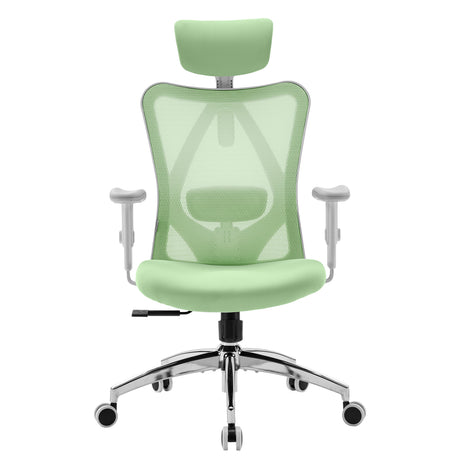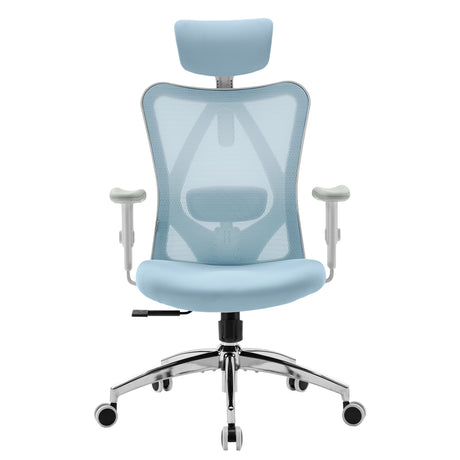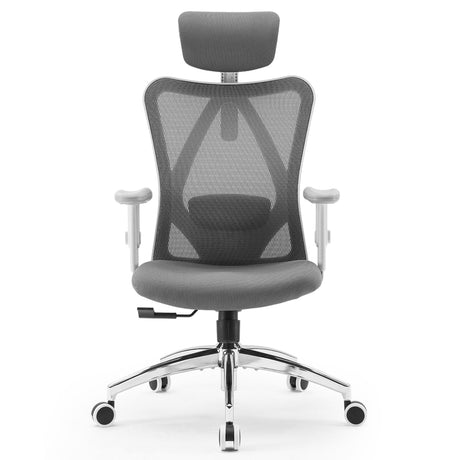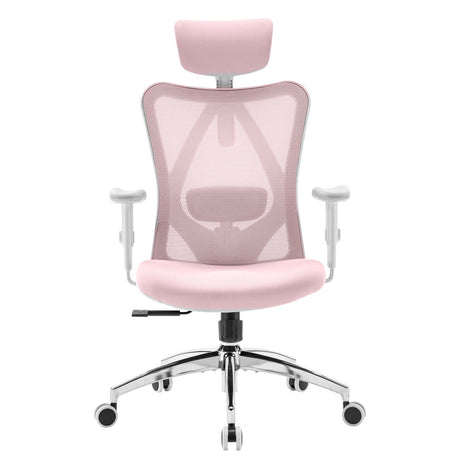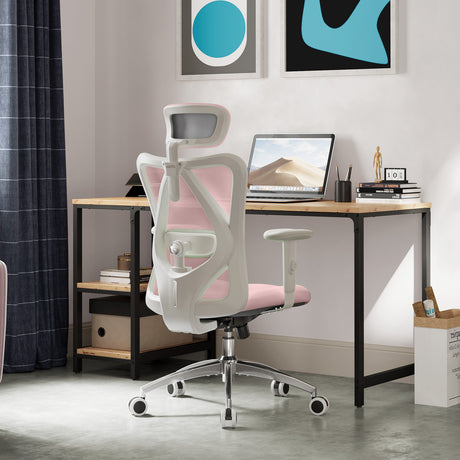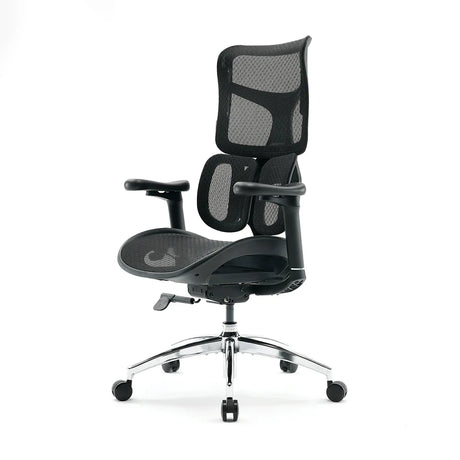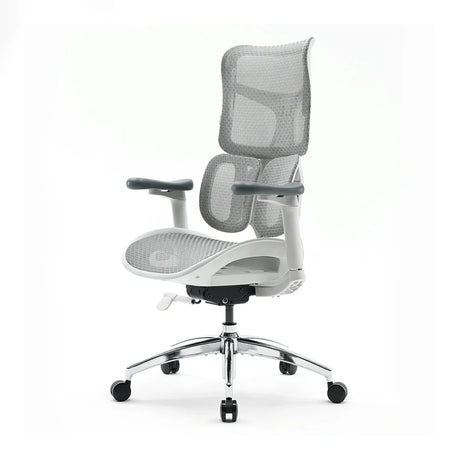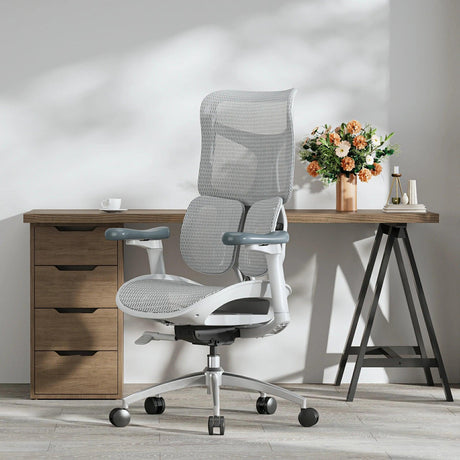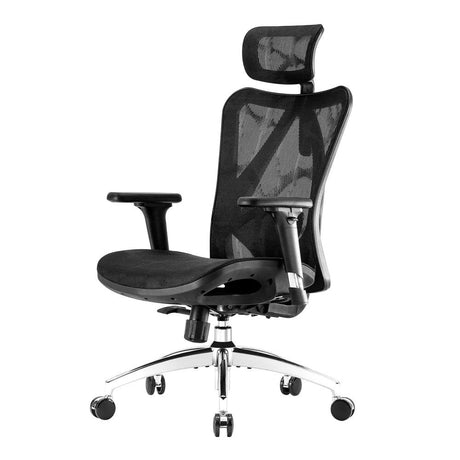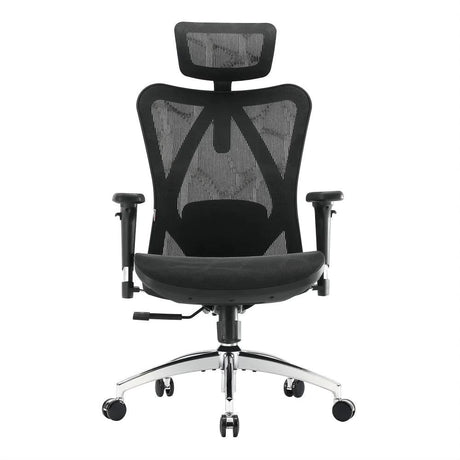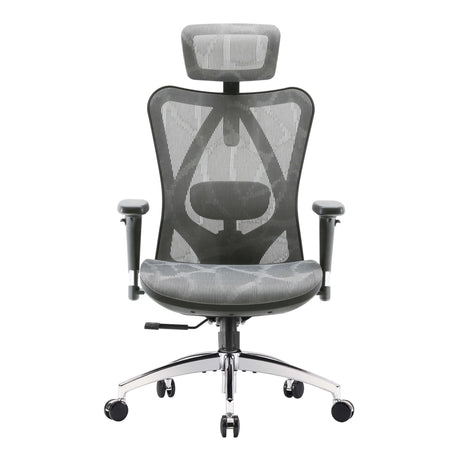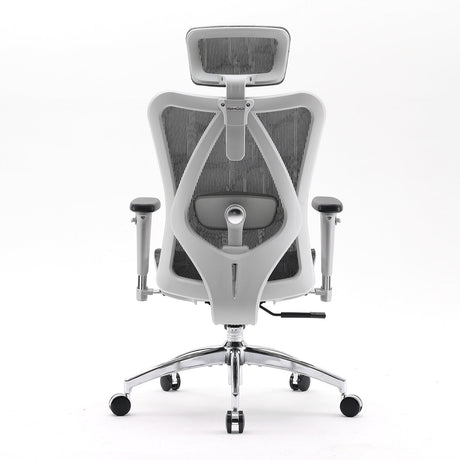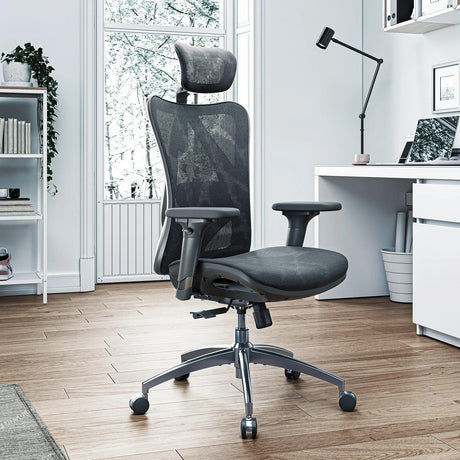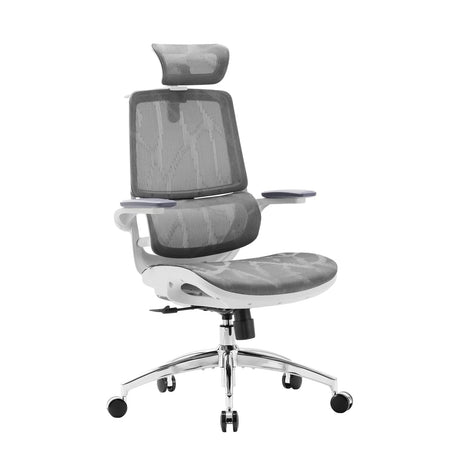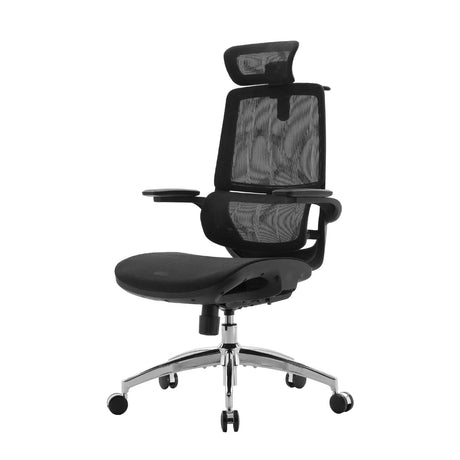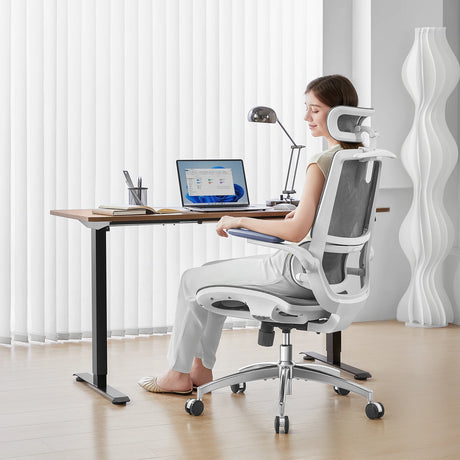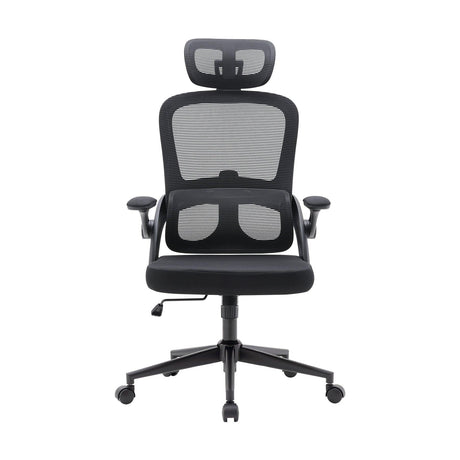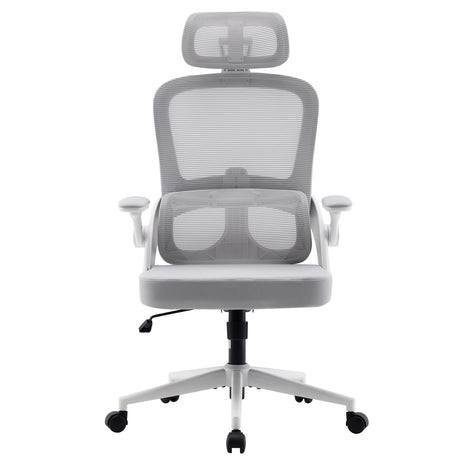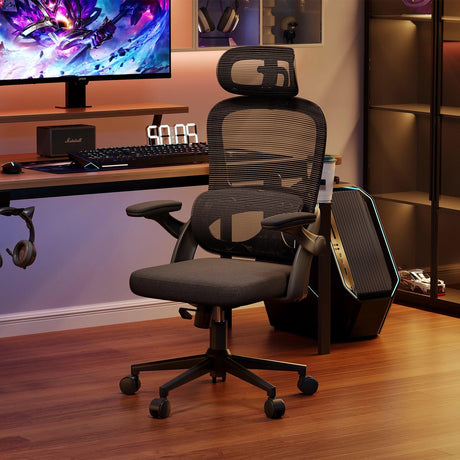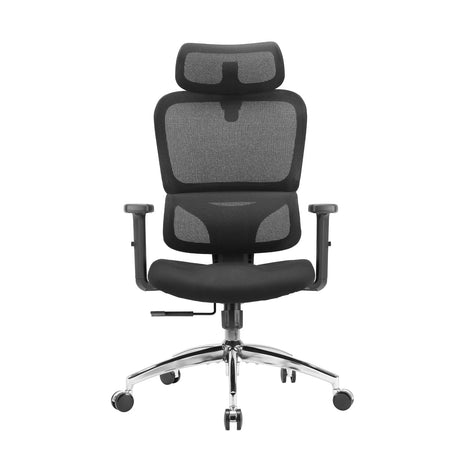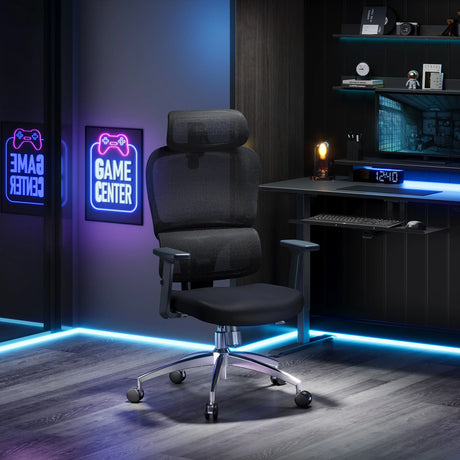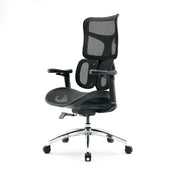Workplace stress is one of the most common challenges employees face today. From looming deadlines and tight schedules to endless meetings and the pressure to perform, stress can feel inevitable in modern office culture. Yet, while psychological factors like workload and company culture often dominate the discussion, there’s another overlooked contributor to workplace stress: the chair you sit in for hours each day.
It might sound surprising, but the type of office chair you use can influence not only your physical comfort but also your emotional well-being, focus, and even your resilience against stress. In this article, we’ll explore how the right office chair can reduce workplace stress, the science behind ergonomic seating, and practical advice for choosing a chair that supports both your body and your mind.
The Connection Between Stress and the Body
Stress is not just an emotional experience; it has physical manifestations. When you’re stressed, your muscles tense, your posture slouches, and your breathing becomes shallow. Prolonged stress often results in physical symptoms such as headaches, back pain, and fatigue.
Now imagine sitting in a poorly designed office chair. It doesn’t support your back, your hips feel sore, your legs are cramped, and your neck is strained from leaning forward toward the computer. This physical discomfort amplifies the stress response in your body. Essentially, the chair is adding fuel to the fire.
On the flip side, a chair that supports your natural posture, reduces muscle strain, and improves circulation can act as a buffer against stress. Instead of your body working overtime to compensate for bad seating, it can stay relaxed and aligned, giving you more mental energy to focus on work.
How a Poor Chair Contributes to Stress
Before exploring the benefits of a good chair, let’s consider how a bad one makes stress worse:
Physical Pain as a Stress Multiplier
Chronic pain from sitting in a poor chair—backaches, stiff shoulders, or sore hips—creates a constant background noise of discomfort. This pain distracts you, lowers productivity, and increases irritability.
Reduced Concentration
When you’re constantly adjusting your sitting position, trying to relieve discomfort, or standing up every few minutes, your ability to concentrate on work diminishes. This lack of focus raises stress when deadlines loom.
Fatigue and Low Energy
Bad posture caused by inadequate chairs compresses the lungs and restricts breathing. Shallow breathing leads to less oxygen intake, which makes you feel more tired and mentally foggy.
Negative Mood and Irritability
Pain and fatigue often spill into your mood. If your chair leaves you uncomfortable, you’re more likely to feel irritable, impatient, and frustrated—emotions that exacerbate workplace stress.
How the Right Chair Reduces Workplace Stress
1. Promotes Healthy Posture
An ergonomic office chair is designed to support the natural S-shape of your spine. By aligning your back, shoulders, and neck, it minimizes tension in muscles that typically strain during long hours of sitting. Proper posture reduces physical discomfort and allows you to work without the constant distraction of pain.
2. Encourages Movement
Many ergonomic chairs offer features like reclining backrests, flexible lumbar support, or adjustable armrests. These encourage small movements and changes in position, which keep circulation flowing and reduce stiffness. Movement not only keeps the body comfortable but also refreshes the mind.
3. Improves Circulation and Energy
A chair with the right seat depth and waterfall edge design prevents pressure on the thighs and encourages healthy blood flow. This reduces the risk of numbness or leg discomfort. Better circulation translates into higher energy levels, helping you stay engaged and stress-resistant.
4. Supports Mental Focus
When you’re not battling aches and pains, your mind is free to concentrate on tasks. This mental clarity helps you manage workload more effectively, reducing feelings of being overwhelmed.
5. Creates a Sense of Control
Having a chair that adjusts to your height, body type, and work style gives you a sense of control over your workspace. Control is a key factor in stress management. When employees feel they can adapt their environment to suit their needs, they are less likely to feel helpless or stressed.
Psychological Impact of Comfort
Beyond physical health, comfort has a psychological dimension. Sitting in a chair that feels supportive and high-quality can influence how you perceive your work environment. A well-designed chair:
Signals that your employer values your health and comfort, fostering positive morale.
Makes you feel more professional and confident, boosting motivation.
Reduces subconscious irritations, like constantly shifting in your seat or dealing with stiffness, that drain mental energy.
In short, the right chair doesn’t just relieve your body—it lightens your emotional load.
Case Study: Stress Reduction Through Ergonomics
Consider two employees, Alex and Jamie.
Alex works in a standard office chair with minimal adjustments. After a few hours, Alex experiences back pain and starts slouching. Fatigue sets in, focus wanes, and stress about meeting deadlines increases.
Jamie, on the other hand, uses an ergonomic chair with dynamic lumbar support, adjustable armrests, and a seat designed to promote circulation. Jamie maintains good posture, feels less tired, and stays focused longer. Stress levels remain manageable, even during busy days.
This simple difference—a supportive chair—translates into significant changes in stress, productivity, and overall workplace satisfaction.
Key Features to Look for in a Stress-Reducing Chair
If you’re considering investing in a chair to minimize workplace stress, here are the features that matter most:
Adjustable Lumbar Support
Keeps your lower back properly aligned and prevents slouching.
Seat Depth and Width
A deeper seat accommodates taller users, while an adjustable seat depth ensures short users can sit comfortably without leg strain.
Adjustable Armrests
Armrests that move in multiple directions (height, width, depth, and angle) prevent shoulder and wrist tension.
Recline Mechanism
Reclining allows you to shift pressure off your spine and relax during breaks. Look for a synchronized tilt that supports natural movement.
Breathable Materials
Mesh or fabric that promotes airflow reduces discomfort from heat and sweating, especially during long hours.
Stable Base and Mobility
A sturdy base with smooth-rolling casters provides stability and freedom to move around your workspace without strain.
Beyond the Chair: Creating a Stress-Free Workspace
While the chair plays a major role, stress reduction comes from the overall environment. Pair your ergonomic chair with:
A properly adjusted desk (at the right height to prevent hunching).
A monitor at eye level to avoid neck strain.
Good lighting that reduces eye strain.
Regular breaks to stretch, walk, and reset mentally.
This holistic approach ensures your chair becomes part of a broader stress-reduction strategy.
Employer’s Role in Stress Reduction
For companies, investing in ergonomic chairs isn’t just about comfort—it’s about employee well-being, retention, and productivity. When employees are comfortable, they take fewer sick days, experience less burnout, and perform better. Providing quality chairs signals that management cares about employees’ long-term health, which fosters loyalty and reduces workplace stress.
Common Misconceptions About Office Chairs and Stress
“Any chair with padding is fine.”
Comfort is not just about softness. Ergonomics matter far more than cushion thickness.
“Ergonomic chairs are too expensive.”
While premium chairs cost more upfront, they save money by reducing absenteeism, healthcare costs, and employee turnover.
“Standing desks eliminate the need for a good chair.”
Even with a standing desk, you’ll sit for several hours daily. A supportive chair remains essential.
Practical Tips for Choosing Your Chair
Try Before You Buy
Sit in the chair for at least 15 minutes before deciding. Pay attention to lumbar support, armrests, and seat comfort.
Consider Your Body Type
A chair that fits a tall person may not fit someone shorter. Look for adjustable features to accommodate your build.
Match Chair to Task
If you spend hours typing, armrest adjustability is critical. For creative brainstorming, a reclining feature may be more useful.
Set It Up Correctly
Even the best chair can cause stress if not adjusted properly. Ensure your feet rest flat on the floor, your knees are at a 90-degree angle, and your screen is at eye level.
The Long-Term Benefits of a Stress-Reducing Chair
When you invest in the right chair, the benefits accumulate over time:
Better Health: Reduced risk of musculoskeletal disorders.
Improved Focus: Less distraction from discomfort.
Greater Productivity: Energy directed toward work, not pain management.
Emotional Well-Being: Lower stress and better mood at work.
Workplace Satisfaction: A sense of being supported and valued.
These benefits extend beyond the workplace too. Reduced stress at work often leads to more energy, patience, and happiness at home.
Conclusion: A Chair as a Stress-Relief Tool
Can the right office chair reduce workplace stress? Absolutely. While it may not eliminate deadlines or office politics, a supportive ergonomic chair can dramatically reduce the physical discomfort that fuels stress. By promoting healthy posture, boosting circulation, and improving focus, the right chair acts as both a physical and psychological ally in the fight against workplace stress.
In today’s demanding work culture, stress might be unavoidable—but suffering from your chair doesn’t have to be. Investing in ergonomic seating is not just about comfort; it’s about creating a healthier, more productive, and less stressful work life.
